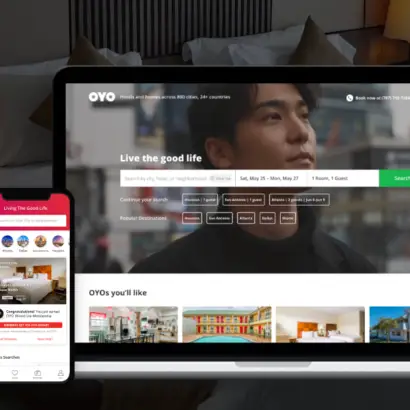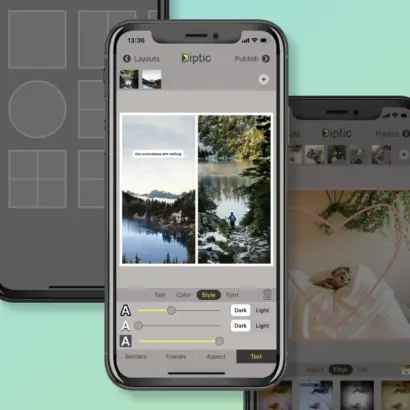Pearson Packaging Systems is a supplier of a top-loading case and carton packaging systems that optimize secondary packaging automation processes. Pearson builds machines that erect, pack, seal and palletize that are integrated into a seamless system.
Pearson Packaging leverages User Centric Design to make their equipment more intuitive, reduce the learning curve, help with the interpretation of information, and reduce human error, and they tapped UpTop to help them envision a “Concept Car” future state of their Human Machine Interface. We worked closely with Pearson’s UX, Product and Engineering teams to understand the problem, learn about the operators of the machines, and identify solutions.
We learned that the operator role is a high turnover position, and training operators on how to changeover and troubleshoot the equipment was a major problem. In addition, the text-based user guide was less than ideal due to education level or language barriers. We also learned that a major challenge for manufacturers that is holding back the modernization of the Human Machine Interface (HMI) is the archaic standard operating system that controls the equipment and the HMI.
Pearson Packaging introduced us to Automation Resource Group, Inc., who developed software that integrates with the standard operating system to enable the HMI to run in a web browser. This opened the door for innovation on the user interface and interaction model that we could design and implement for the “Concept Car”. We brought the Pearson Packaging team and the Automated Resource Group into our office for a two-day Design Workshop to align on the vision for the “Concept Car”, brainstorm, ideate and define the stories that the “Concept Car” prototype would test.
We designed a touchscreen HMI prototype with an animated 3-D model of the equipment, and by using visual language and indicators, we could orient the operator and show step-by-step how to changeover and troubleshoot the equipment safely and efficiently.
We delivered a user story demo, their users were excited to start implementing the new interface. The prototype included 3D animations and falt recovery notifications which customers said created a user experience, unlike anything they had ever seen. Which gained approval for the team to move beyond the demo and into development.
Pearson Packaging leverages User Centric Design to make their equipment more intuitive, reduce the learning curve, help with the interpretation of information, and reduce human error, and they tapped UpTop to help them envision a “Concept Car” future state of their Human Machine Interface. We worked closely with Pearson’s UX, Product and Engineering teams to understand the problem, learn about the operators of the machines, and identify solutions.
We learned that the operator role is a high turnover position, and training operators on how to changeover and troubleshoot the equipment was a major problem. In addition, the text-based user guide was less than ideal due to education level or language barriers. We also learned that a major challenge for manufacturers that is holding back the modernization of the Human Machine Interface (HMI) is the archaic standard operating system that controls the equipment and the HMI.
Pearson Packaging introduced us to Automation Resource Group, Inc., who developed software that integrates with the standard operating system to enable the HMI to run in a web browser. This opened the door for innovation on the user interface and interaction model that we could design and implement for the “Concept Car”. We brought the Pearson Packaging team and the Automated Resource Group into our office for a two-day Design Workshop to align on the vision for the “Concept Car”, brainstorm, ideate and define the stories that the “Concept Car” prototype would test.
We designed a touchscreen HMI prototype with an animated 3-D model of the equipment, and by using visual language and indicators, we could orient the operator and show step-by-step how to changeover and troubleshoot the equipment safely and efficiently.
We delivered a user story demo, their users were excited to start implementing the new interface. The prototype included 3D animations and falt recovery notifications which customers said created a user experience, unlike anything they had ever seen. Which gained approval for the team to move beyond the demo and into development.






















